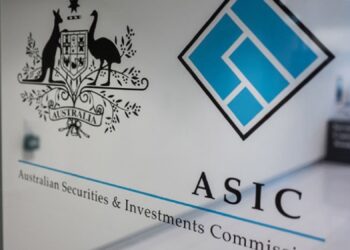Investors can benefit from engaging with infrastructure investments through three thematic lenses, according to 4D Infrastructure, and that is the effects of inflation and a global push for infrastructure spending and decarbonisation.
Speaking at a Bennelong Funds Management media briefing, 4D Infrastructure chief investment officer, Sarah Shaw said infrastructure was protected by a key risk facing investors: inflation.
According to Shaw, 4D Infrastructure had not changed its global economic outlook from 12 months ago because of accommodative central banks, fiscal stimulus and expectations of gross domestic product growth.
“However, whether inflation is transitory or more of a problem than we currently anticipate, we still believe infrastructure is the place to be,” Shaw said.
She said many infrastructure stocks had inflation protection built-in, either through direct links to tariffs or indirectly through their regulatory models.
Shaw said ‘user pay’ infrastructure, including toll roads, airports and ports were a major focus for 4D Infrastructure.
“We are currently overweight in user pay assets, and this is because these assets have a direct positive correlation with gross domestic product growth through their volumes, and then often have inbuilt tariff inflation protection mechanisms in their tariffs,” she said.
“So as inflation interest rates even increase over time, these protection mechanisms begin to kick in and positively impact earnings.
“In this environment, we also favour real regulatory return utilities as they too have an inflation pass through without a squeeze to their return profile as a result of the interest rates moving up.”
The second thematic impacting infrastructure, said Shaw, was the “huge” global infrastructure spending initiatives, as the United States, India, Europe and Australia were investing trillions into the sector, much of which would benefit the renewable utilities sector, Shaw said.
This included the United States’ passing of a $US1.2 trillion ($1.64 trillion) infrastructure plan and India’s passing of a $US1.35 trillion infrastructure plan.
As most of the United States plan would go to public sector spending, the real investor opportunity would be the US Government’s $US1.75 billion Budget Reconciliation Bill or the ‘Build Back Better’ bill which should follow and provide significant opportunities to the US utility sector.
“This type of infrastructure investment is going to benefit both the publicly listed and the private infrastructure sectors, just in terms of that overall economic efficiency and enhancement of GDP growth,” Shaw said.
And the third significant opportunity presenting to infrastructure investors, according to Shaw, was climate change and decarbonisation.
“The world cannot achieve net zero carbon by 2050 unless there is a huge investment in the infrastructure solution,” she said.
“The power sector is a very obvious thematic and will have the greatest impact on countries looking for net zero, but other forms of infrastructure, namely transportation also have a key role to play.”





